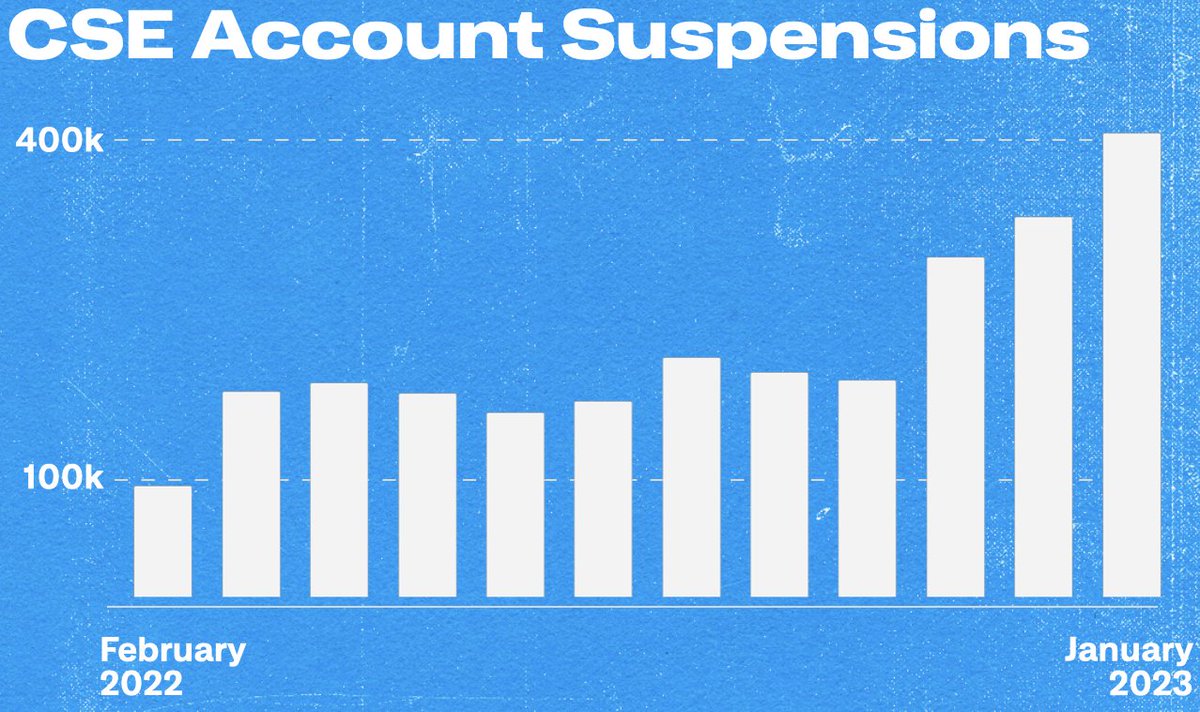
We recently partnered with @Sprinklr for an independent assessment of hate speech on Twitter, which we’ve been sharing data on publicly for several months.
Sprinklr’s AI-powered model found that the reach of hate speech on Twitter is even lower than our own model quantified 🧵
Sprinklr’s AI-powered model found that the reach of hate speech on Twitter is even lower than our own model quantified 🧵
What’s driving the difference? The context of conversation and how we determine toxicity.
Sprinklr defines hate speech more narrowly by evaluating slurs in the nuanced context of their use. Twitter has, to this point, taken a broader view of the potential toxicity of slur usage.
Sprinklr defines hate speech more narrowly by evaluating slurs in the nuanced context of their use. Twitter has, to this point, taken a broader view of the potential toxicity of slur usage.
To quantify hate speech, Twitter & Sprinklr start with 300 of the most common English-language slurs. We count not only how often they’re tweeted but how often they’re seen (impressions).
Our models score slur Tweets on “toxicity,” the likelihood that they constitute hate speech
Our models score slur Tweets on “toxicity,” the likelihood that they constitute hate speech
No model is ever perfect, and this work is never done. We’ll continue to combat hate speech by incorporating other languages, new terms, and more precise methodologies-- all while increasing transparency.
Read more about Sprinklr’s analysis on their blog: sprinklr.com/blog/identify-…
Read more about Sprinklr’s analysis on their blog: sprinklr.com/blog/identify-…
Our focal metric is hate speech impressions, not the number of Tweets containing slurs.
Most slur usage is not hate speech, but when it is, we work to reduce its reach. Sprinklr’s analysis found that hate speech receives 67% fewer impressions per Tweet than non-toxic slur Tweets
Most slur usage is not hate speech, but when it is, we work to reduce its reach. Sprinklr’s analysis found that hate speech receives 67% fewer impressions per Tweet than non-toxic slur Tweets
Our focal metric is hate speech impressions, not the number of Tweets containing slurs.
Most slur usage is not hate speech, but when it is, we work to reduce its reach. Sprinklr’s analysis found that hate speech receives 67% fewer impressions per Tweet than non-toxic slur Tweets
Most slur usage is not hate speech, but when it is, we work to reduce its reach. Sprinklr’s analysis found that hate speech receives 67% fewer impressions per Tweet than non-toxic slur Tweets
No model is ever perfect, and this work is never done. We’ll continue to combat hate speech by incorporating other languages, new terms, and more precise methodologies-- all while increasing transparency.
Read more about Sprinklr’s analysis on their blog: sprinklr.com/blog/identify-…
Read more about Sprinklr’s analysis on their blog: sprinklr.com/blog/identify-…
• • •
Missing some Tweet in this thread? You can try to
force a refresh





